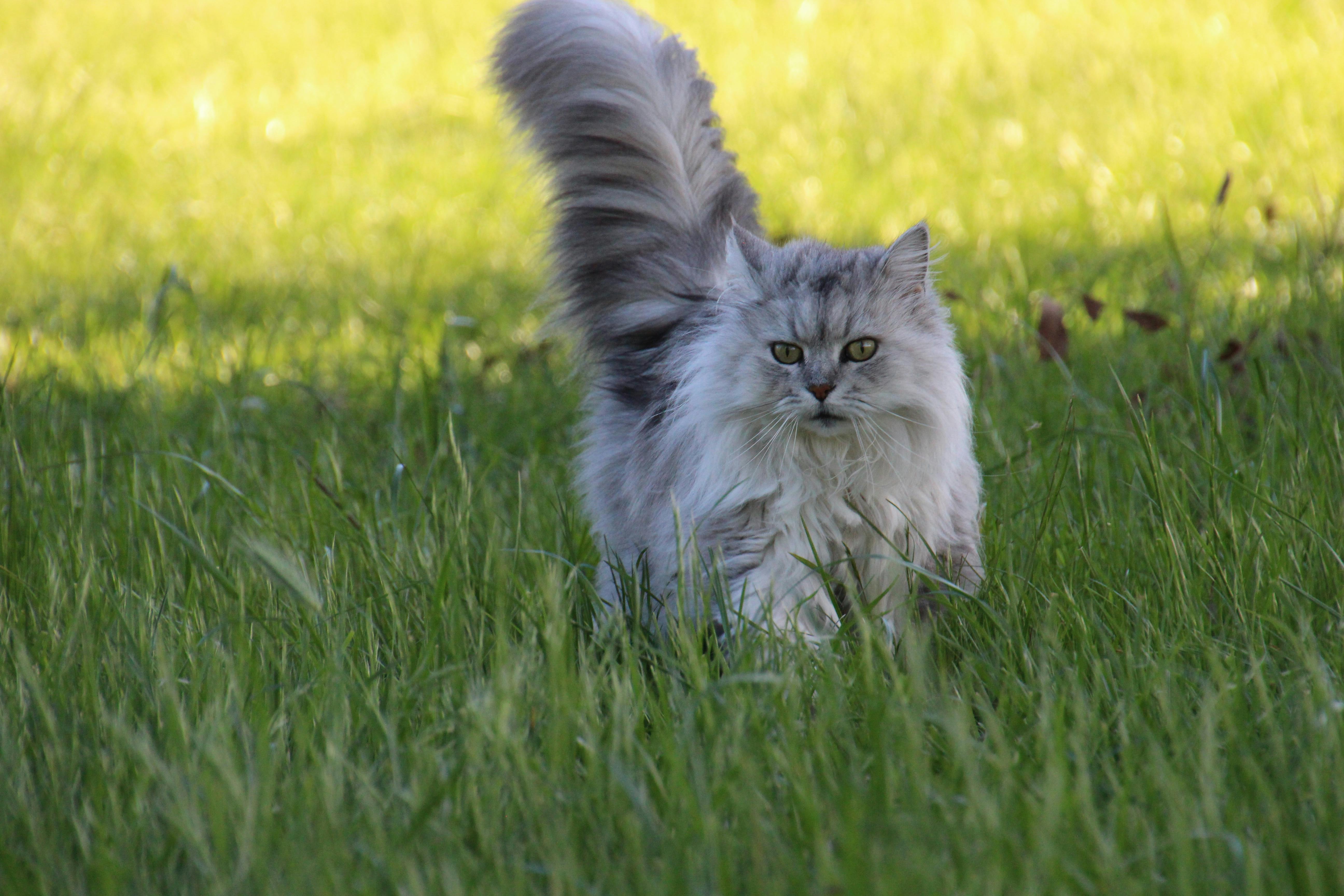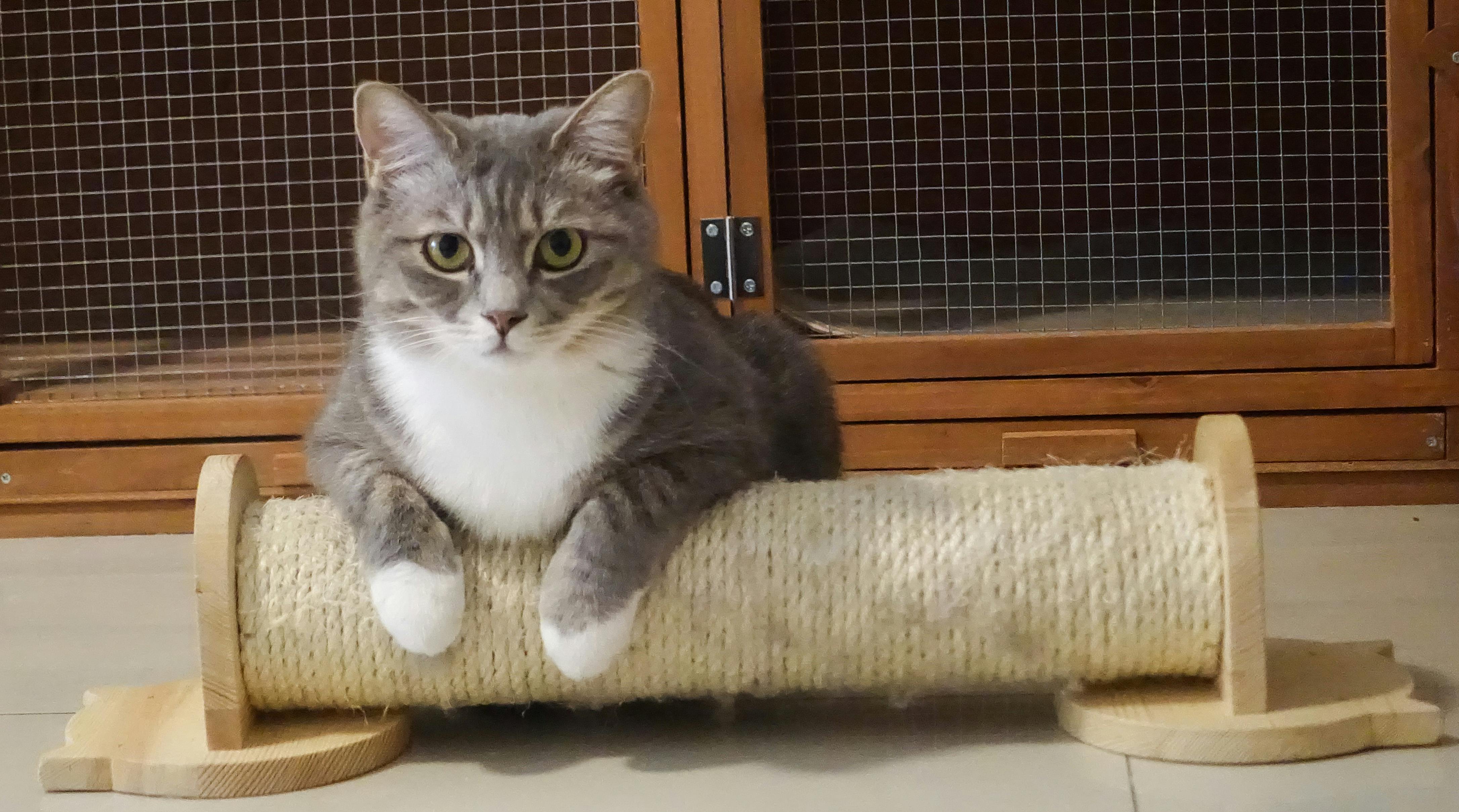How to Socialize Your Asian Semi-longhair Cat: A Comprehensive Guide
Introduction
Socialization, the process of familiarizing an animal to various stimuli and experiences in its environment, is crucial for their well-being and behavior. However, socializing Asian Semi-longhair cats presents unique challenges and complexities that require tailored approaches. This essay will critically examine the complexities involved in socializing this breed of cat, analyzing different perspectives, providing detailed evidence, engaging with scholarly research, and reflecting on the broader implications of the findings.
Thesis Statement
Effectively socializing Asian Semi-longhair cats requires a comprehensive understanding of their innate characteristics, potential sensitivities, and specific socialization techniques that address their unique needs. By adopting a holistic approach that considers both their natural tendencies and the challenges they may encounter, owners can foster well-rounded and socially adjusted feline companions.
Breed Characteristics and Socialization Challenges
Asian Semi-longhair cats, known for their distinctive appearance and affectionate nature, possess certain inherent traits that can influence their socialization experiences. Their long, flowing fur, while visually appealing, demands regular grooming and maintenance, which can potentially impact their comfort levels during handling and interactions. Additionally, Asian Semi-longhair cats are often sensitive to loud noises and sudden movements, making it essential to approach socialization in a gentle and gradual manner.
Understanding these breed-specific characteristics is paramount in tailoring socialization strategies. Providing a quiet and serene environment, using positive reinforcement techniques, and allowing them ample time to adjust to new experiences are crucial considerations for successful socialization.
Importance of Early Socialization
Socialization during the kittenhood stage, between the ages of 2 and 7 weeks, is particularly critical for Asian Semi-longhair cats. Exposing them to a variety of positive stimuli, including handling, grooming, and interactions with other animals and people, helps establish a solid foundation for future social behavior (Mills, 2013). Early socialization also reduces the likelihood of developing fear or aggression-related issues later in life.
Handling and Grooming Techniques
Due to their potential sensitivity to touch, it is essential to handle Asian Semi-longhair cats with utmost care and respect. Gentle strokes, avoiding overly firm or sudden movements, should be employed when petting or grooming. Regularly brushing their long fur not only maintains its health but also provides an opportunity for bonding and positive interaction. Using soft, natural-bristled brushes and avoiding harsh tools is recommended.
Exposure to Different Stimuli
Gradually exposing Asian Semi-longhair cats to a range of sights, sounds, and smells is essential for their socialization. This includes introducing them to different types of people, including children and strangers, as well as exposing them to varying environments, such as parks or car rides (Horwitz & Mills, 2017). Allowing them to explore and interact with safe and controlled stimuli helps build confidence and reduces anxiety in unfamiliar situations.
Playtime and Interaction
Engaging in regular playtime sessions with Asian Semi-longhair cats is a crucial aspect of socialization. Utilizing interactive toys, such as feathers or laser pointers, encourages exercise and mental stimulation while strengthening the bond between cat and owner. Additionally, providing them with toys that mimic natural prey, such as mice or birds, can satisfy their hunting instincts and contribute to their overall well-being.
Potential Setbacks and Challenges
Despite careful socialization efforts, Asian Semi-longhair cats may still encounter situations that trigger fear or anxiety. Identifying and understanding these triggers is essential for managing their behavior effectively. Common setbacks include sudden loud noises,陌生人, or unfamiliar environments. Providing a safe and comforting space, such as a cozy hideaway or a pheromone diffuser, can help reduce their stress levels in such situations.
Positive Reinforcement and Patience
Using positive reinforcement techniques, such as treats, praise, or playtime, is highly effective in shaping desirable behaviors in Asian Semi-longhair cats. Rewarding them for calm and appropriate responses to stimuli reinforces positive experiences and builds their confidence. Maintaining patience and avoiding punishment is crucial, as fear or aggression can worsen in response to negative reinforcement.
Conclusion
Socializing Asian Semi-longhair cats requires a tailored and comprehensive approach that considers their unique characteristics and potential sensitivities. By understanding their breed-specific needs, implementing gentle handling and grooming techniques, gradually exposing them to different stimuli, engaging in regular playtime, addressing potential setbacks, and employing positive reinforcement, owners can foster well-rounded and socially adjusted feline companions.
Effective socialization not only enhances the cat's quality of life but also strengthens the bond between the owner and their pet. It promotes a harmonious and enriching environment, ensuring that Asian Semi-longhair cats thrive as happy and well-balanced members of their family.
References
10 Fun Facts About Cane Corsos You Didn’t Know!
Cavalier King Charles Spaniels And Their Adorable Expressive Eyes
The History Of German Shorthaired Pointers: From Working Dogs To Family Companions



